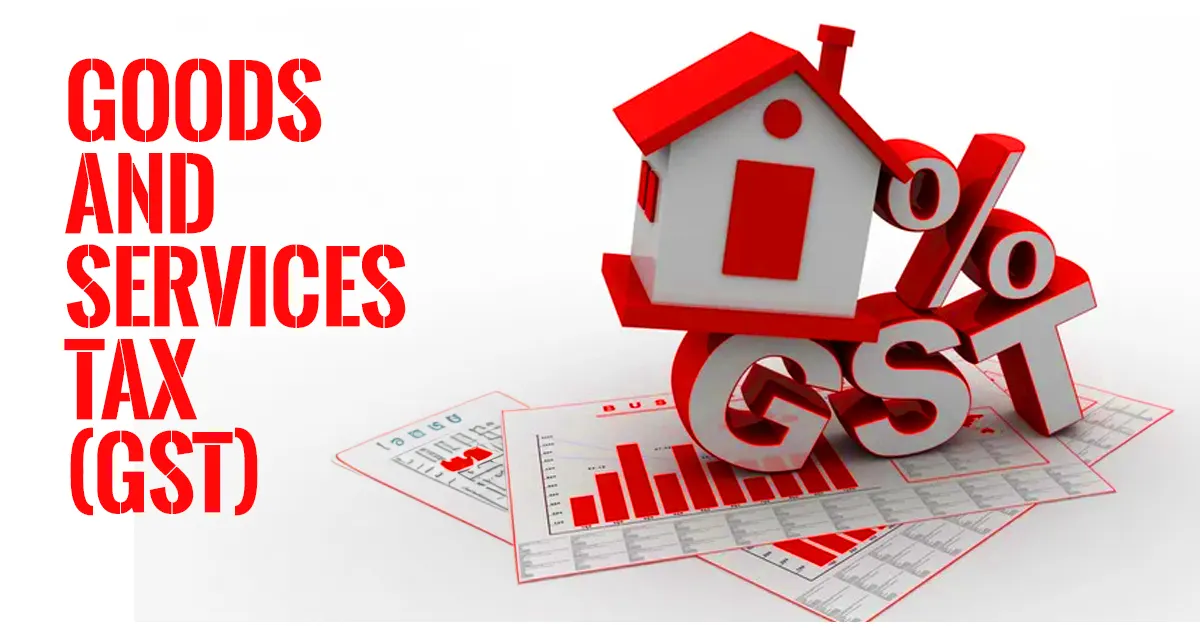GS 3 – Economy

Goods and Services Tax (GST) is a comprehensive, multi-stage, destination-based indirect tax levied on the supply of goods and services across India. It was introduced through the 101st Constitutional Amendment Act, 2016, and came into effect on July 1, 2017.
Key Features of GST
- One Nation, One Tax:
- Replaced multiple indirect taxes like VAT, excise duty, service tax, etc., with a single tax.
- Destination-Based Tax:
- Tax is collected at the place of consumption, not at the place of origin.
- Dual GST Structure:
- Both the Central Government and State Governments levy GST:
- CGST: Central GST (collected by the Centre)
- SGST/UTGST: State GST/Union Territory GST (collected by States/UTs)
- IGST: Integrated GST (on inter-state supplies, collected by the Centre).
- Both the Central Government and State Governments levy GST:
- Tax Slabs:
- GST is categorized into multiple slabs: 5%, 12%, 18%, and 28%.
- Essential items (like food grains) attract 0% tax, while luxury and sin goods attract 28% + cess.
- Input Tax Credit (ITC):
- Businesses can claim credit for taxes paid on inputs at previous stages, ensuring tax is levied only on value addition.
- Technology-Driven:
- GST is administered through the Goods and Services Tax Network (GSTN), an IT platform for registration, filing, and compliance.
Taxes Subsumed Under GST
| Central Taxes:
|
State Taxes:
|
|
|
Constitutional Provisions
- 101st Constitutional Amendment Act, 2016:
- Inserted Article 246A: Concurrent powers to both Centre and States to levy GST.
- Article 269A: Governs IGST on inter-state trade.
- Article 279A: GST Council to recommend tax rates, exemptions, and rules.
- GST Council:
- A constitutional body under Article 279A.
- Composition:
- Chairperson: Union Finance Minister
- Members: State Finance Ministers and Union Minister of State (Revenue).
- Voting:
- Centre: 1/3rd vote weight
- States: 2/3rd vote weight
- Decisions require 75% majority.
Advantages of GST
- Elimination of Cascading Effect:
- Input Tax Credit removes tax on tax, reducing overall burden.
- Simplification of Tax Structure:
- Replaces multiple indirect taxes, ensuring uniformity across the country.
- Ease of Doing Business:
- Common tax rates and IT-driven compliance reduce procedural complexities.
- Boost to Revenue:
- Wider tax base with reduced evasion improves tax collections.
- Consumer Benefits:
- Reduced cascading effect lowers prices of goods and services.
- Promotes Federalism:
- Centre and States cooperate under GST Council.
Challenges of GST
- Multiple Tax Slabs:
- Complex structure with multiple rates creates confusion.
- Compliance Issues:
- Small businesses face difficulties in GST registration and filing returns.
- Technology Barriers:
- Dependence on GSTN creates challenges for areas with low digital literacy.
- Revenue Concerns for States:
- Loss of autonomy over taxation powers. Compensation is assured only for the initial 5 years.
- Tax Evasion:
- Issues like fake invoices and under-reporting persist.
- Impact on Informal Sector:
- Many unorganized businesses find GST compliance burdensome.
GST Compensation to States
- Under GST Compensation Act, 2017, the Centre compensates states for any revenue loss due to GST for 5 years (2017-2022).
- Compensation is calculated based on a 14% annual growth rate over 2015-16 base year revenues.
Recent Developments
- E-invoicing:
- Introduced for businesses with turnover above ₹5 crore to curb tax evasion.
- Rationalization of GST Rates:
- Efforts to simplify tax slabs and move toward fewer rates.
- GST Collections:
- Monthly GST collections crossed ₹1.5 lakh crore regularly, indicating improved compliance and economic recovery.
- GST on Online Gaming and Casinos:
- GST Council recently imposed 28% GST on online gaming, casinos, and horse racing.
- Petroleum Products and Alcohol:
- Currently excluded from GST; debates continue for their inclusion.
Way Forward
- Simplification of Tax Rates:
- Move towards 2-3 slabs to streamline taxation.
- Technology and Awareness:
- Enhance digital infrastructure and provide support to small businesses.
- Widening Tax Base:
- Bring petroleum, alcohol, and real estate under GST ambit.
- Strengthening GST Council:
- Ensure cooperative federalism and consensus on tax-related decisions.
- Reducing Compliance Burden:
- Simplify filing processes and GST returns for MSMEs.
The GST has been a transformative reform in India’s indirect tax regime, promoting economic integration and simplifying taxation. However, addressing issues like rate rationalization, compliance burdens, and state revenue concerns will make GST more efficient and inclusive.




